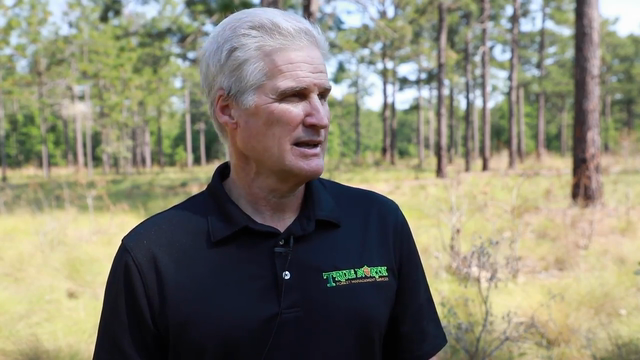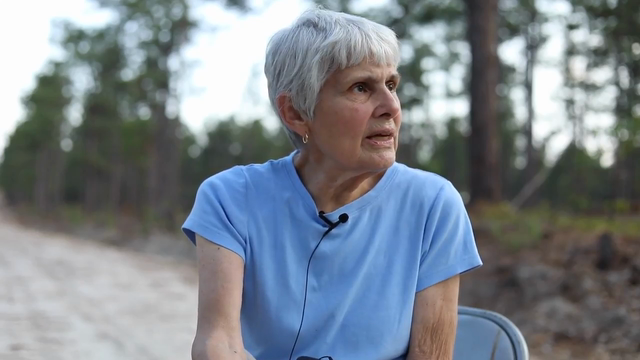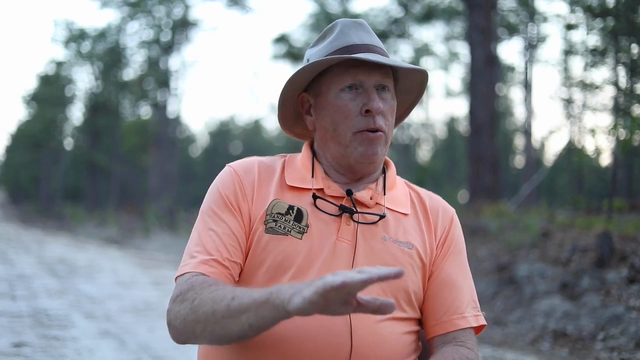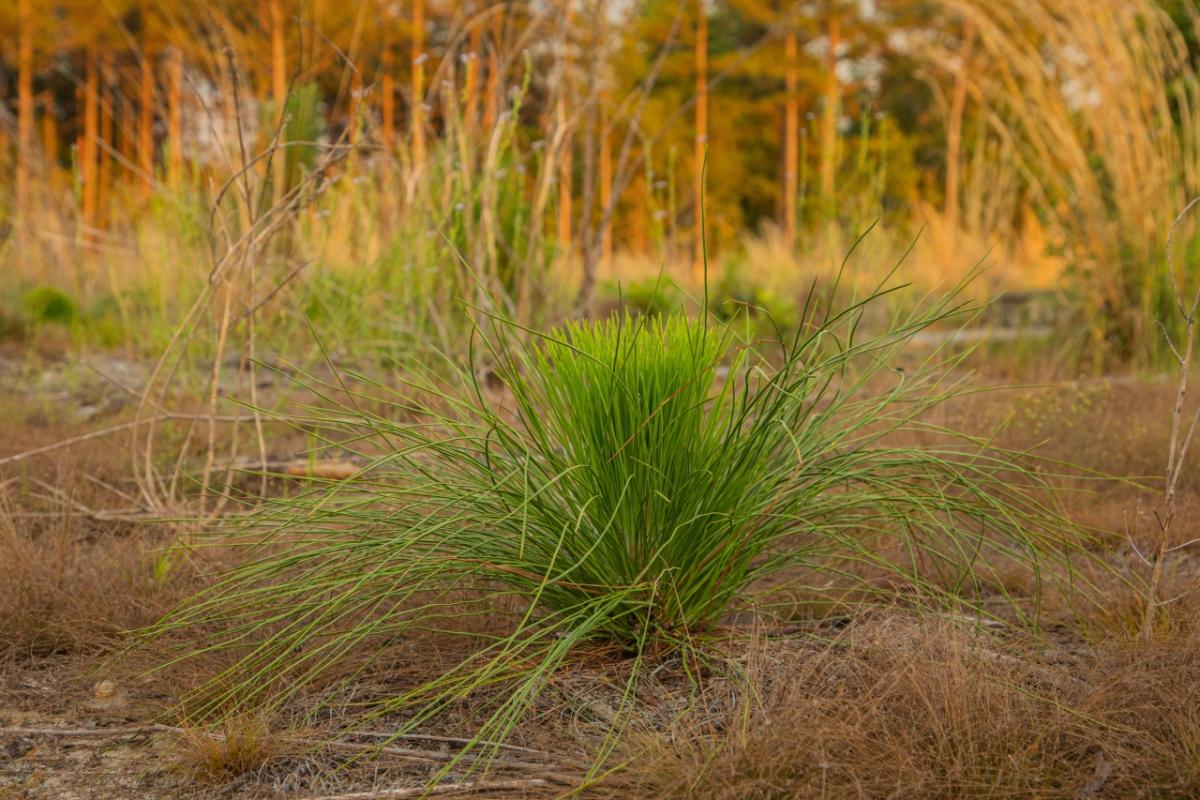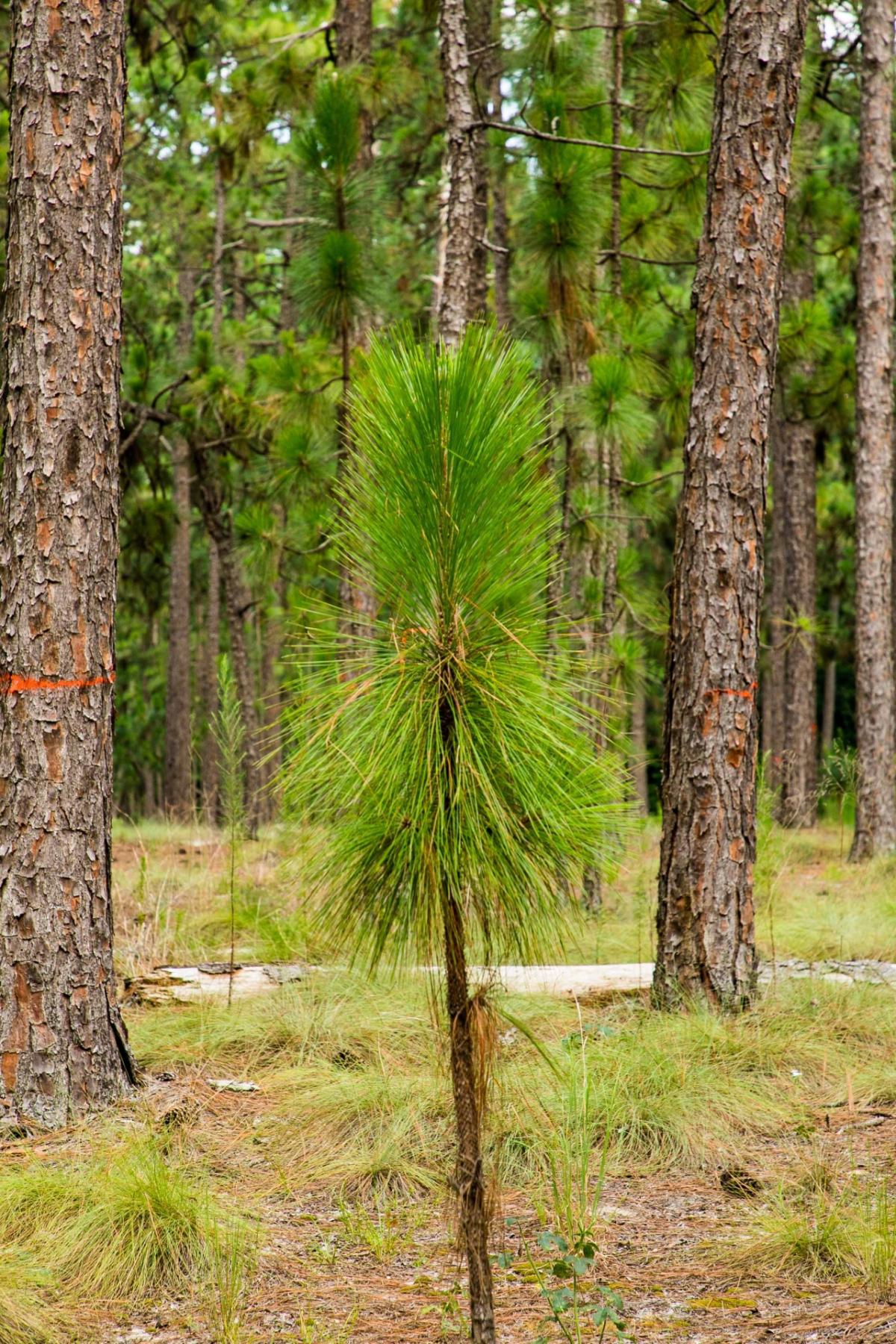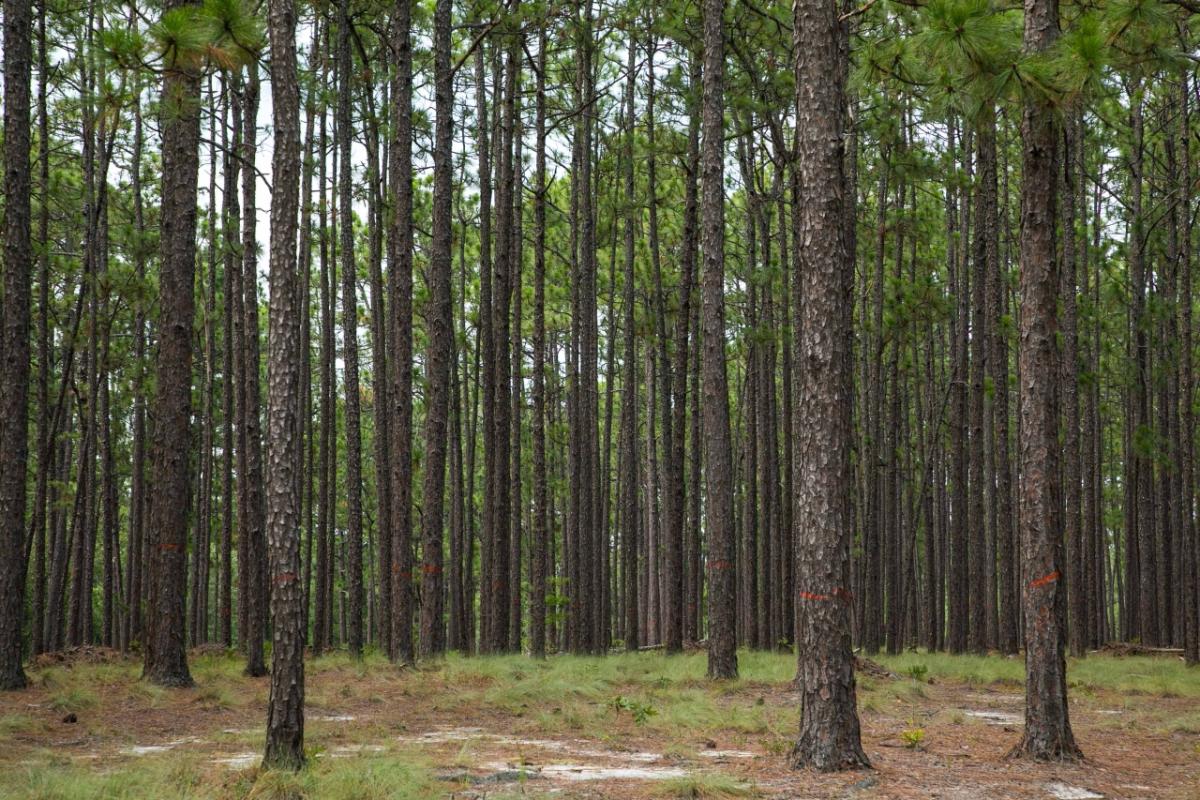Longleaf Landowner Spotlight Series - North Carolina Sandhills Edition
Content provided by The Longleaf Alliance
The longleaf pine tree has long played an important role in North Carolina. This diverse ecosystem is found over a significant portion of the state and many of the species that inhabit these forests, including some that are quite rare, are found nowhere else. Historically longleaf forests were an economic driver through the naval stores industry and the tree continues to provide modern-day products of timber and pinestraw. The iconic status of this species in North Carolina is further reinforced by its inclusion in the first stanza of the official state toast which begins 'Here's to the land of the long leaf pine."
The once abundant longleaf pine forests of North Carolina are much depleted, due to the long-term effects of resin collection, overharvesting of trees, and lack of management with prescribed fire. Fortunately, there are landowners across the state who are bringing back this ecosystem. Much of the restoration work is happening in the Sandhills region.
Longleaf pine restoration utilizes a variety of strategies from reforestation (i.e. planting) where longleaf is absent to stand improvement activities where at least some longleaf remains. In order to achieve longleaf's characteristic open, park-like structure, tree thinning, and prescribed burning are essential management tools.
As they begin their longleaf restoration journey, landowners are often faced with overgrown properties with a long history of fire exclusion and an abundance of woody plants in the understory instead of desirable native groundcover. On some sites, fuel chipping these undesirable hardwoods and pines can help kickstart the process of restoring longleaf while also providing income to the landowner. This income can be helpful to the landowner in pushing forward management practices that get them closer to achieving their restoration goals.
What is Fuel Chipping?
Fuel chipping is a process where low-quality wood is chipped and processed to form pellets for energy. Companies, like our partner Enviva, a global renewable energy company specializing in sustainably sourced biomass, begin their process by sourcing the most sustainable raw materials, including fiber from low-value wood, tops and limbs, thinnings, and mill residues. These materials typically would be left behind or burned in the field to make way for the next generation of lumber-grade timber. This video illustrates how this process is done - Life of a Pellet.
First-hand restoration examples can be an important learning tool for those who are working to restore longleaf on their lands. Read and listen below to two landowners as they share different perspectives on not only their land objectives but also their restoration and management approaches to successful longleaf pine ecosystem restoration.
Ann Rogers
Ann Rogers is a landowner in Montgomery County, North Carolina. Her unique property is located on the "fall-line" between the Coastal Plain and Piedmont regions of the state and has been in Ann's family for multiple generations. After inheriting the property, she is now working to restore the longleaf pine ecosystem by thinning, planting, and burning with the goal of permanently protecting the land through a conservation easement. Fuel chipping has been utilized in the thinning process and provides some income that helps to fund other work on the property.
The process of longleaf restoration is a long-term endeavor and planting the tree is only a step in the restoration of the ecosystem. Mrs. Rogers has been able to utilize funds produced from wood products on the land to support groundcover restoration on the tract. The grasses and forbs that make up the groundcover add species diversity to the developing forest and supply the fuels that are needed for prescribed fires.
Hand Me Down Farms
Hand Me Down Farms is another property in the Sandhills of North Carolina where fuel chipping is being used to facilitate longleaf restoration. This farm is collectively owned by siblings Christina Williams Smith, Teresa Wiliams Byers, and Tracy Williams Overton-Pritchard as an LLC. Because of his farming experience, Mr. George Byers (husband to Teresa) has taken on the role of farm and land manager. The family has learned about the benefits of longleaf and the history of it on their land and is actively managing the forested areas with prescribed fire to enhance the ecosystem. Additionally, they are currently in the process of restoring 50 acres of longleaf pine habitat on their property. A combination of canopy and understory thinning has reduced competition for the trees and native groundcover to promote a healthy ecosystem.
By working closely with a network of foresters, loggers, and other partners they are able to convert what was once land that was difficult to manage to a healthy forest system that supports the many plant and animal species that call the longleaf ecosystem their home.
When managing working forests, like many of the privately owned properties where longleaf pine occurs in the southeastern United States, it is important to look at all tools that are available to maximize your restoration potential. If these tools also bring some income to help with the process, that is even better for the landowner. In the long run, by using tools like fuel chipping and other management activities to improve forest health, landowners will see their land as an asset that provides value on many levels and is worth keeping intact for the next generation.
The Longleaf Alliance is working in partnership with Enviva to bring these additional tools to landowners that are focused on longleaf restoration. If you think this process could help you on your land and are interested in learning more about this Longleaf Restoration opportunity, please send a message to sustainability@envivabiomass.com.
To view this article in its digital format, click here. To learn more about The Longleaf Alliance, visit https://longleafalliance.org.

